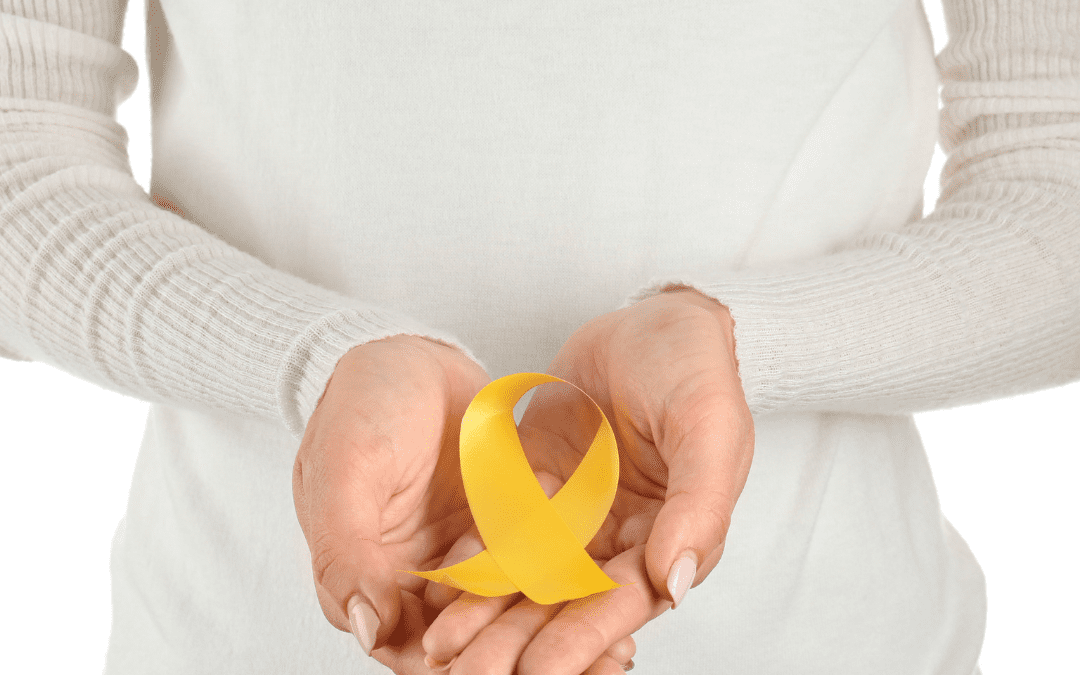The Blog
Endometriosis and Exercise

Endometriosis is a disease in which cells similar to the lining of your uterine wall grows in other parts of the body. Endometriosis is most frequently found in the bowel and bladder but has been found just about everywhere in the body, even the lungs and brain. Symptoms include pelvic pain (especially on or around your period), painful sex, fatigue, difficulty holding a full bladder or having to go frequently, heavy or irregular bleeding, pain with bowel movements and infertility.
Endometriosis or ‘Endo’ can be debilitating for affected women. It’s a complex inflammatory disease that often doesn’t receive the attention it should in society. For a range of cultural and societal reasons it’s not talked about enough or women are not heard when they do… which is a factor in the average time to diagnosis taking 7-12-years! Another factor in delayed diagnosis is the wide range of symptoms, no two women will have the same Endo experience.
Endometriosis Australia is absolute gold mine of useful information if you wish to learn more. This video is the first in series that can be found on the Endometriosis Australia website and we highly recommend you have a watch. Whilst we don’t know what causes endometriosis it does appear to be influenced by genetics and it is hormonally driven primarily by estrogen. Studies have shown that the severity or stage of endometriosis does not predict the degree of symptoms you might experience.
Because everyone’s endometriosis is individual there is no single treatment that is effective across the board. Doctors will utilise a range of surgical and medical options to either remove lesions, control pain or inflammation or they will use hormonal treatments to directly affect Endometriosis. A multidisciplinary approach that includes; Pelvic Floor Physiotherapy, Exercise Physiology and alternative therapies often works best. Along with taking care of your mental health, sleep and diet, maintaining meaningful and supportive relationships and generally looking after the whole you have been proven to be affective in managing Endo. Many women report that Endo can take over their lives and they struggle to not let Endo define who they are. This blog by Rachel Burke provides great insight into how ‘You are not your illness’.
Exercise is a great way to take care of the whole you. However it can be tricky to work out what is the right type of exercise and ones that don’t create a flare. Endometriosis can be extremely uncomfortable and there are some exercises that can exacerbate your symptoms. For example, abdominal crunches or sit ups can often be an aggravator, likewise exercises that recruit pelvic floor muscles intensively may not benefit an already tight pelvic floor muscles, which a lot of women with Endo have.
You may also need to adjust your exercise routine around your cycle and modify things based on symptoms. If an exercise does make things more painful then change it or modify it but don’t quit exercise all together. The benefits are there for the taking and you are worth taking care of!
One randomised controlled trial found that 2, 90min yoga sessions per week over 2 months significantly reduced pain and increased quality of life in endometriosis sufferers. Other studies have found that 150-300mins of aerobic activity per week can have significant, positive impacts on pain. Whilst there is no evidence to suggest that exercise will actively treat your endo, it has been shown to reduce the risk of getting it and to help in other ways such as:
- Reducing fatigue – women with Endo have been shown to have 2 times more fatigue than other women. Exercise can improve fitness and energy production and also make you sleep better.
- Assisting hormonal imbalances – regular exercise has been shown to reduce excess estrogen levels which is a primary driver of endometriosis lesion growth.
- Reduce irregular or heavy periods – aerobic exercise has been shown to improve the regularity of your period and reduce its heaviness.
- Improve cramps and discomfort and bowel movements – motion helps the motions!
- Reduce systemic inflammation throughout your body – yet another driver of pain and lesion growth.
- Improve the mobility and reduce cramping of muscles around your pelvic floor and abdomen – Often these muscles get wound up and protective because of pain and helping them to relax and allow more movement can provide some great relaxation in affected areas. Pilates and Yoga are great tools to help with this.
- Give yourself a nice shot of endorphins – endorphins are consistently underrated as a way to reduce pain, improve mood, reduce stress and prevent depression. So, go ahead, find your happy place and move!
If you’re stuck or not a natural exerciser, don’t hesitate to reach out to an appropriately trained Accredited Exercise Physiologist or Women’s Health Physiotherapist to get you started. Ultimately the best exercise is the one you will do and enjoy so don’t overthink it.
One final thing, if you feel up to it, talk about it more! There’s nothing wrong with a good ‘overshare’ if it starts a conversation with someone going through similar symptoms. As previously mentioned, the average time to between first symptoms and a diagnosis can be up to 12 years. That’s a long time to not know what’s going on with your body so let’s talk about it and put women’s health on the map so that people can get help earlier.
